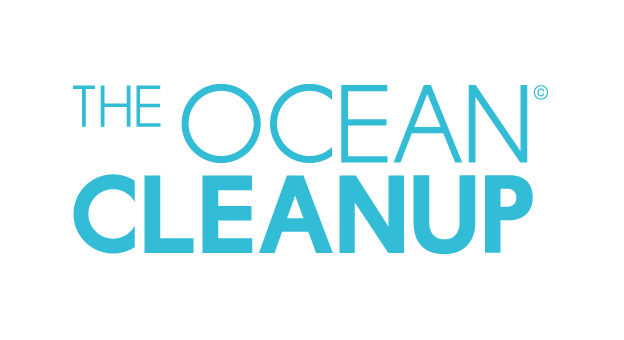 The Ocean Cleanup announces Seiche Water Technology Group with AutoNaut as its Official Partner for Environmental Mitigation Technologies.
The Ocean Cleanup announces Seiche Water Technology Group with AutoNaut as its Official Partner for Environmental Mitigation Technologies.
Today, SWTG confirms it will be providing an AutoNaut unmanned surface vessel and a suite of mitigation technologies to monitor and help ensure the protection of marine-life during the first-ever deployment of an ocean clean-up system by the Dutch non-profit The Ocean Cleanup. Seiche systems for passive acoustic monitoring (PAM) will be deployed to detect and track whales and dolphins. Hydrophones deployed via PAM buoys will be installed and operated by Seiche personnel. Assistance will also be provided by SWTG to ensure that the highest environmental standards are met throughout.
The Ocean Cleanup develops advanced technologies to rid the world’s oceans of plastic. A full-scale deployment of the TOC systems is estimated to clean up 50% of the Great Pacific Garbage Patch in 5 years. The first cleanup system is set to be deployed mid 2018.
Mark Burnett, COO of SWTG, said: “We are extremely proud to be supporting this fantastic initiative to tackle the problem of marine litter. There is a strong ethic of environmental responsibility here at Seiche and it’s a real honour to be working with Boyan Slat and his team to minimise any negative impact on the ocean of the TOC system.”
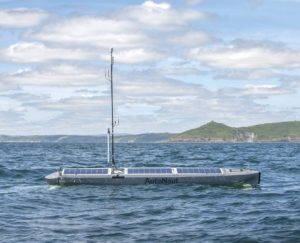 A SWTG AutoNaut unmanned surface vessel (USV) will work alongside TOC’s revolutionary “barrier” system to provide environmental information on ocean currents, water quality, meteorology and wave height/direction. Cameras on the AutoNaut’s mast and hull will provide a live-feed view both above and below the sea surface. The aim is to provide long-term autonomous monitoring of The Ocean Cleanup’s at-sea garbage-collection system.
A SWTG AutoNaut unmanned surface vessel (USV) will work alongside TOC’s revolutionary “barrier” system to provide environmental information on ocean currents, water quality, meteorology and wave height/direction. Cameras on the AutoNaut’s mast and hull will provide a live-feed view both above and below the sea surface. The aim is to provide long-term autonomous monitoring of The Ocean Cleanup’s at-sea garbage-collection system.
“This is a wonderful match of technologies” said Phil Johnston, BD at AutoNaut, “the AutoNaut will accompany The Ocean Cleanup using only wave-power for propulsion and solar energy for sensors. So, these are two very elegant, renewably-powered systems working together for an environmental cause.”
The AutoNaut and suite of PAM mitigation systems will be delivered this summer for The Ocean CleanUp’s first mission in the Pacific Ocean off California.
For an overview of the Ocean Cleanup system please view the following link:
https://youtu.be/PePvbhy-qGY
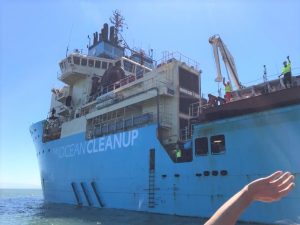 A send-off from San Francisco was seen live by viewers around the world who watched the Maersk Launcher tow The Ocean Cleanup “Wilson”, with AutoNaut on deck, under the Golden Gate Bridge. The next stage after this first two-week trial is to re-locate further offshore to the GPGP where the aim of the project is to remove 50% of ocean plastics every 5 years.
A send-off from San Francisco was seen live by viewers around the world who watched the Maersk Launcher tow The Ocean Cleanup “Wilson”, with AutoNaut on deck, under the Golden Gate Bridge. The next stage after this first two-week trial is to re-locate further offshore to the GPGP where the aim of the project is to remove 50% of ocean plastics every 5 years.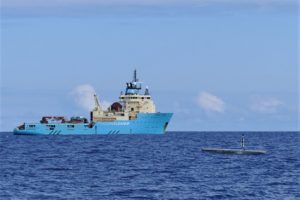
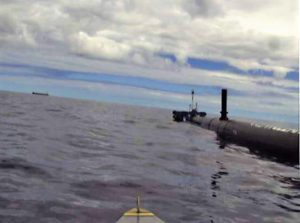
 The Ocean Cleanup announces Seiche Water Technology Group with AutoNaut as its Official Partner for Environmental Mitigation Technologies.
The Ocean Cleanup announces Seiche Water Technology Group with AutoNaut as its Official Partner for Environmental Mitigation Technologies. A SWTG AutoNaut unmanned surface vessel (USV) will work alongside TOC’s revolutionary “barrier” system to provide environmental information on ocean currents, water quality, meteorology and wave height/direction. Cameras on the AutoNaut’s mast and hull will provide a live-feed view both above and below the sea surface. The aim is to provide long-term autonomous monitoring of The Ocean Cleanup’s at-sea garbage-collection system.
A SWTG AutoNaut unmanned surface vessel (USV) will work alongside TOC’s revolutionary “barrier” system to provide environmental information on ocean currents, water quality, meteorology and wave height/direction. Cameras on the AutoNaut’s mast and hull will provide a live-feed view both above and below the sea surface. The aim is to provide long-term autonomous monitoring of The Ocean Cleanup’s at-sea garbage-collection system.